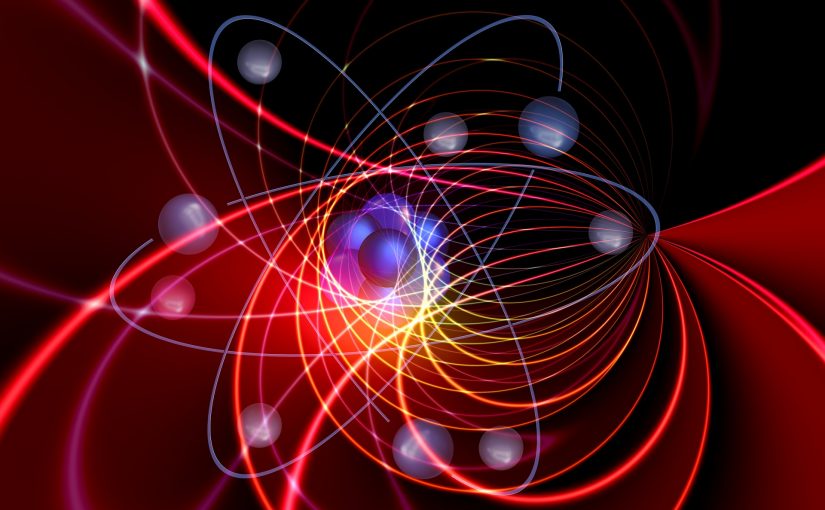Summary
The quantum computer is now finding its way into the business world and its practical applications and is leaving the purely scientific realm. The quantum computer will enable us to face previously unsolved challenges in the field of artificial intelligence and diverse simulations. In all areas where large amounts of data and parallel processing are necessary.
Miniaturization of transistors reaches its limits today
On a chip of 2 * 2 cm there are 18 billion transistors. Now the physical limits of production are reached with a transistor size of 10 nanometers. The transistor represents the well known characteristic 0 and 1 (1 bit).
The previous manufacturing process using ultraviolet light is now reaching its limits. With transistors in these small sizes (a few atoms large), the electrons jump over the barrier in the transistor (pass through the closed transistor) and the transistor loses its effect of representing 0 or 1 because the electrons become independent. This effect is called quantum mechanical effect.
How does a quantum computer work?
Exactly this effect is used for the production of quantum computers. Because a quantum computer no longer uses only one bit (i.e. 0 and 1; “either or”), but a qubit (0, 1 and 0/1; 2both as well as”). The qubit thus allows 2 states (0 and 1) to be taken simultaneously. This property is called superposition. If now the state of the transistor is measured, this qubit “colabrates” in a clearly defined probability 1 or 0.
With classical bits, four different combinations are represented in the transistor: 00, 11, 01 and 10. With a qubit, all four combinations can be used simultaneously. Thus it is possible to represent N bits for N qubits = 2 high. In addition, parallel arithmetic operations are also possible due to the superposition. These multiply exponentially with each additional qubit.
Furthermore there is another quantum mechanical effect of the “entanglement” = linking of one qubit with another qubit. A qubit reacts automatically to the change of its partner qubit.
The weakening of the Moorschen law (every 18 months a doubling of the computing power) should be stopped again with the development of quantum computers in many applications.
Sensible applications of the quantum computer
Therefore, the quantum computer can perform parallel computations better and is therefore very well suited for searching databases, decrypting encryptions and simulations. The quantum computer does not play an advantage in sequential computations and here the classical computer (digital computer) will certainly continue to be used for cost reasons until further notice.
Examples for simulations can be:
- simulations of molecule cooling in the chemical and pharmaceutical industries
- traffic simulations
- quantum algorithms in artificial intelligence
- cryptography
The quantum computer is now moving from the scientific research niche into the business world and its practical applications.
How do you program a quantum computer?
The algorithms to be used differ from the algorithms of the digital computer to use entanglement and superposition. Several arithmetic operations, so-called quantum gates, are used to entangle, read or modify the qubits described above. Special algorithms for prime factor decomposition (in crypotography) and special search algorithms (for database query) have existed for a long time, but are now used in business environments.
